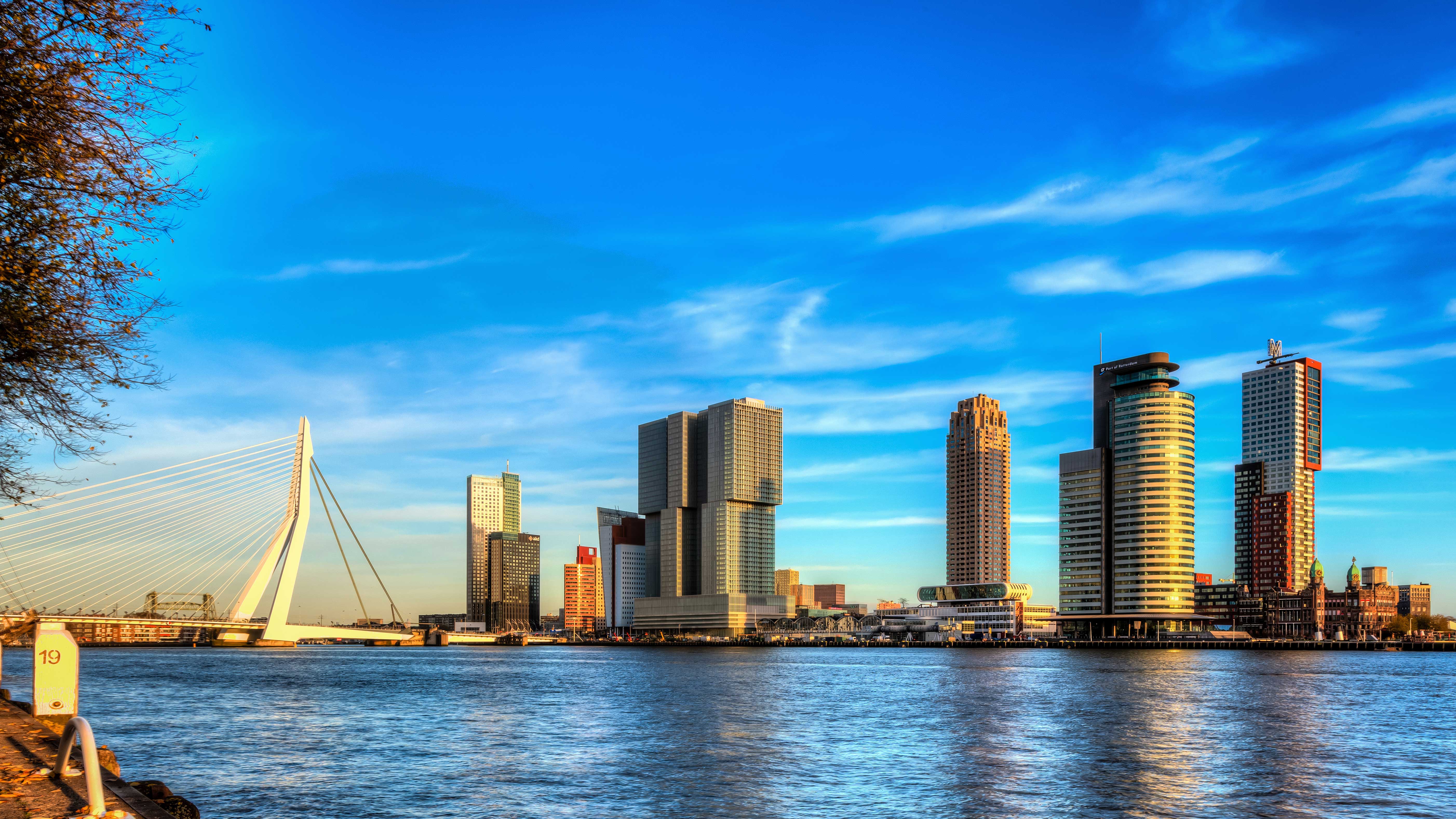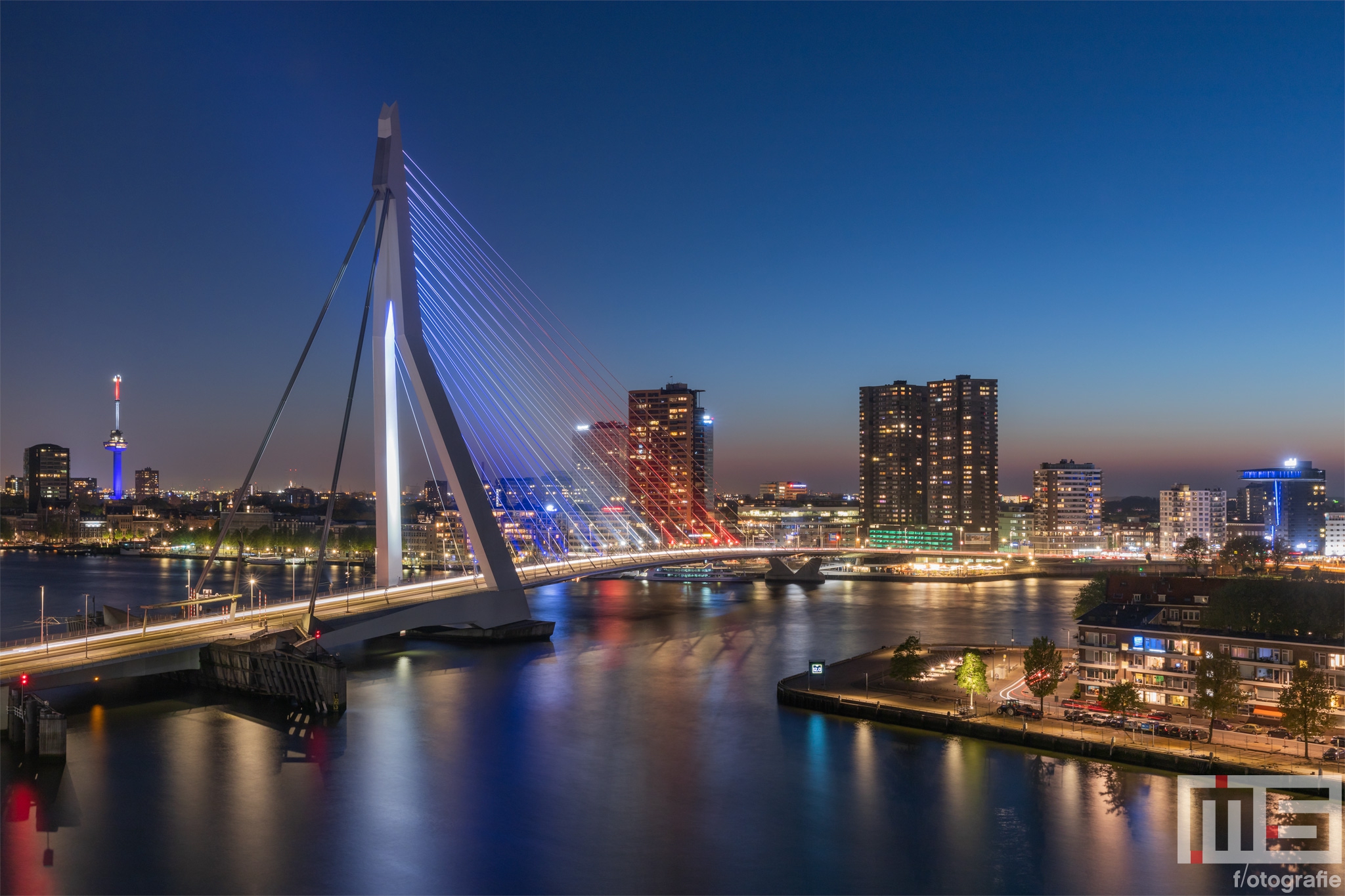Rotterdam's Green Roof Initiative
In 2012, Rotterdam launched an ambitious project to transform its urban landscape by installing green roofs across the city. These roofs, now covering over 300,000 square meters, serve as vital habitats for pollinators, particularly bees. The initiative aims to combat urban heat, manage rainwater, and most importantly, support biodiversity.
The Importance of Urban Bees
Bees play a crucial role in pollinating plants, which is essential for food production and maintaining healthy ecosystems. In urban areas like Rotterdam, bees face challenges such as habitat loss and pollution. The city's green roofs provide a sanctuary where bees can thrive, offering a variety of flowering plants that bloom throughout the year.

Design and Plant Selection

The design of Rotterdam's roof gardens is tailored to attract and support bees. These gardens feature a mix of native and non-native plants, chosen for their long blooming periods and nectar production. Common plants include lavender, sedum, and wild thyme, which are particularly attractive to bees.

Monitoring Bee Populations
Researchers from the University of Rotterdam have been monitoring bee populations on these roofs since 2015. Their studies show a significant increase in bee diversity and numbers, with over 30 species recorded. This data helps in understanding the impact of urban green spaces on pollinator health and guides future urban planning.
Community Involvement and Education
Local communities are actively involved in maintaining these roof gardens. Workshops and educational programs teach residents about the importance of bees and how to create bee-friendly environments. This community engagement is crucial for the long-term success of the green roof initiative.
Future Prospects
Rotterdam plans to expand its green roof coverage by another 100,000 square meters by 2030. This expansion will not only enhance urban biodiversity but also contribute to the city's climate resilience efforts. As more cities look to Rotterdam as a model, the role of urban green spaces in supporting pollinators becomes increasingly clear.










